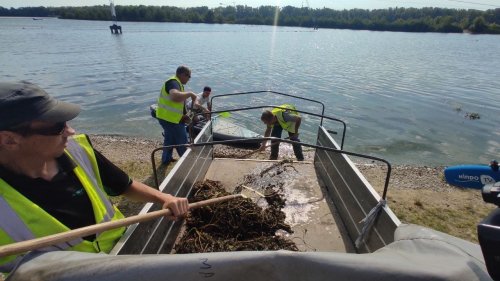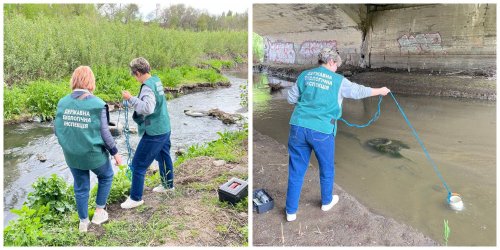At the COP15 Biodiversity Summit, landscape rewilding, i.e. restoration to a natural state, in the Danube Delta was recognized as a flagship of nature restoration in Europe.
This is stated in the report of the United Nations Environment Program (UNEP) and the UNEP World Environmental Monitoring Center, reports Rewilding Danube Delta.
The article emphasized that the report is designed to accelerate the recovery of nature by providing examples of inspiring initiatives and the broad benefits they bring.
"We are proud that the Danube Delta has been recognized as a leading nature restoration initiative in Europe," said Mykhailo Nesterenko, executive director of Rewilding Ukraine. "Rewilding here is largely about involving local communities and using their historical knowledge to restore essential ecosystem functions. a unique opportunity to scale up rewilding across Europe and I hope our work will inspire many to start their own rewilding journey soon."
The article noted that the general idea of the report is that rewilding and ecosystem restoration have enormous potential in terms of restoring biodiversity, mitigating and adapting to climate change, and improving human health, well-being and economic prospects. especially in remote rural communities.
Active rewilding in the Danube Delta has been underway since 2018 and continues despite the full-scale war. Such efforts include working with:
- restoration of natural water flow by demolishing dams and clearing riverbeds;
- return of key species such as kulan, steppe marmot and wild horses;
- restoration of forests and strengthening of natural grazing.
"These efforts bring benefits to local communities in the delta, such as better water quality, reduced risk of destructive wildfires, and access to restored grasslands and pastures," the authors emphasized.
However, the restoration of European nature faces challenges.
"It is often difficult to launch new initiatives and expand existing ones to larger territories with increased capacity and funding," the article says.
The report also identified a set of important positive factors contributing to the recovery, including:
- definition of clear results and monitoring;
- training and engagement of local communities, which is critical as delivering socio-economic benefits is key to the long-term success of recovery initiatives.
As EcoPolitic reported before, Ukraine joined the implementation of the international project "LIFE WILDisland", for restoration of natural islands, floodplains and improvement of the hydrological regime of the Danube River.





